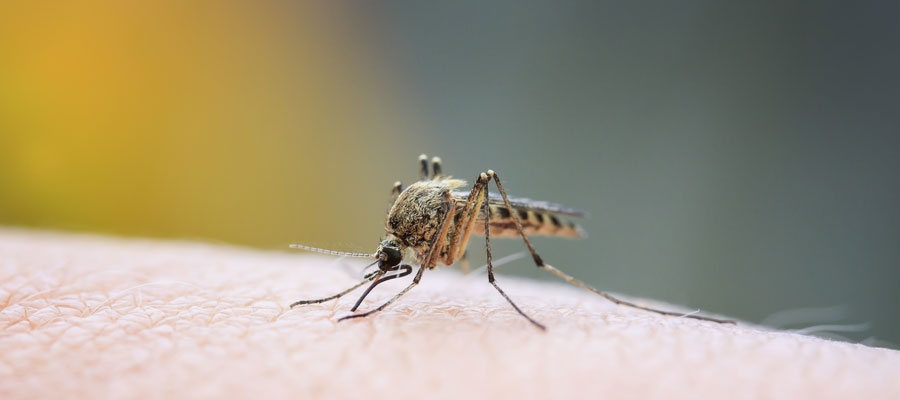 This year, families are likely spending more time in their backyards than ever. Spending more time outside means more encounters with insects and pests. While most pests are just a fact of life outside, no one wants them invading their outdoor living space. At Rentokil, we know that pests in your backyard are less than ideal. For this reason, we’ve gathered our top tips and tricks to make your yard less attractive to pests in general. Keep reading to learn how to get bug-free outdoor living.
This year, families are likely spending more time in their backyards than ever. Spending more time outside means more encounters with insects and pests. While most pests are just a fact of life outside, no one wants them invading their outdoor living space. At Rentokil, we know that pests in your backyard are less than ideal. For this reason, we’ve gathered our top tips and tricks to make your yard less attractive to pests in general. Keep reading to learn how to get bug-free outdoor living.
Common Pests in Your Yard or Lawn
Here in Northern Utah, we are used to dealing with all types of pests all year long. However, the summer and early fall is known for its influx of insects. This includes right in your backyard! The most typical pests that invade properties in the area this time of year include:
- Lawn pests
- Ants
- Spiders
- Bees, wasps, or hornets
- Ticks
- Fleas
- Mosquitoes
- Boxelder Bugs
- Flies
- & more!
What to do to Keep Bugs Away Outdoors
Just as you would to keep pests out of your home, it’s important to implement pest prevention in your yard. Some of the ways you can make your yard less attractive to these pests include:
- Regularly clean up your outdoor space. Leftover crumbs or spills will attracts ants and other insects.
- Remove standing water. Mosquitoes only need a half inch of standing water to breed.
- Keep your lawn and shrubs trimmed. Overgrown grass provides mosquitoes and ticks with shelter.
- Be on the lookout for ant hills or wasp nests. Even a tiny mound or nest can contain thousands of insects.
- Thoroughly inspect wood structures. Your deck or porch may be vulnerable to termite or carpenter bees.
- Apply an insect repellent. Store-bought repellent with DEET will help repel mosquitoes and ticks.
- Burn a few citronella candles. While not a long-term solution, this will repel mosquitoes.
- Consider replacing light bulbs. Yellow bulbs or sodium vapor lights will not attract as many insects.
Preventing Lawn and Yard Pests
We all know that pests and insects are a fact of life outdoors. But that doesn’t mean you have to let them ruin your outdoor barbecue or time spent playing with your kids! By preventing pests outdoors, you can help prevent them from getting inside. For more information, the team at Rentokil is here to help.

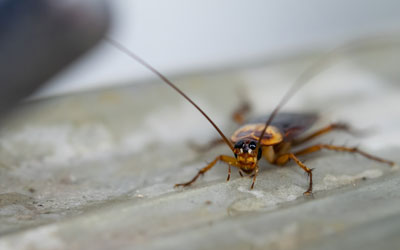 If you’ve ever had a cockroach infestation, you know how frustrating they can be. Unfortunately, we’re in the midst of “cockroach season” here in Utah and Idaho. Cockroaches are out in full force due to their attraction to warm, humid weather. While they are a pest problem all year long, it’s important to stay wary of their activity in the summer months. Their populations can explode in numbers, which is why you need to learn how to prevent roaches from making their way indoors. The team at Rentokil is here with expert info on keeping summer cockroach infestations under control.
If you’ve ever had a cockroach infestation, you know how frustrating they can be. Unfortunately, we’re in the midst of “cockroach season” here in Utah and Idaho. Cockroaches are out in full force due to their attraction to warm, humid weather. While they are a pest problem all year long, it’s important to stay wary of their activity in the summer months. Their populations can explode in numbers, which is why you need to learn how to prevent roaches from making their way indoors. The team at Rentokil is here with expert info on keeping summer cockroach infestations under control.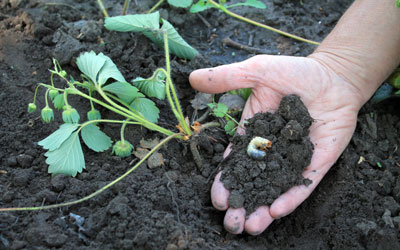 Keeping a lawn alive and healthy is hard enough. When you have a lawn pest problem, it can be even harder. Unfortunately, summertime in Utah is a haven for lawn pests, many of which hatch in the late summer and remain active through the fall months. Lawn insects can threaten the health of your roots, damaging existing turf and preventing new growth. A single insect can make a big impact, making it important to learn how to prevent summer lawn pests. The lawn experts at Rentokil are here to share their top tips for keeping lawn pests away for good.
Keeping a lawn alive and healthy is hard enough. When you have a lawn pest problem, it can be even harder. Unfortunately, summertime in Utah is a haven for lawn pests, many of which hatch in the late summer and remain active through the fall months. Lawn insects can threaten the health of your roots, damaging existing turf and preventing new growth. A single insect can make a big impact, making it important to learn how to prevent summer lawn pests. The lawn experts at Rentokil are here to share their top tips for keeping lawn pests away for good.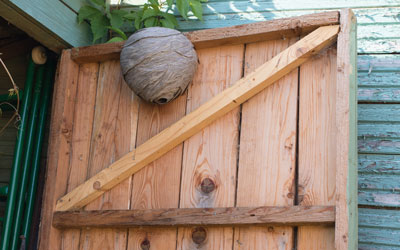 Wasps are one of the most common summertime pests, especially here in the Northern Utah and Southern Idaho area. Normally a beneficial part of the environment, wasps can create a hazardous environment when they build their nests in residential areas. There are a few different types of wasps in our areas, and they all build different kinds of nests. Although it’s important to never approach a nest, it’s also important to learn how to identify them. The team at Rentokil is here to help you learn how to identify wasp nests.
Wasps are one of the most common summertime pests, especially here in the Northern Utah and Southern Idaho area. Normally a beneficial part of the environment, wasps can create a hazardous environment when they build their nests in residential areas. There are a few different types of wasps in our areas, and they all build different kinds of nests. Although it’s important to never approach a nest, it’s also important to learn how to identify them. The team at Rentokil is here to help you learn how to identify wasp nests.
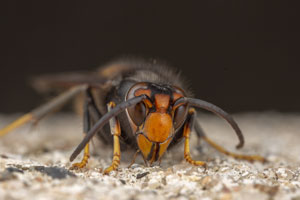 The Asian giant hornet, infamously known as the “murder hornet”, has certainly made the rounds in the media over the past couple of months. It’s easy to understand why this hornet has struck fear in the heart of so many nationwide, even though they’ve only been spotted in the Pacific Northwest (so far). Originally from Japan, China, and other Asian countries, this hornet made its first appearance in Vancouver and Washington state late last year. Their sting is known to be potentially fatal, but the true threat they pose is to the honeybee population. Keep reading to learn all you need to know about murder hornets from the team at Rentokil!
The Asian giant hornet, infamously known as the “murder hornet”, has certainly made the rounds in the media over the past couple of months. It’s easy to understand why this hornet has struck fear in the heart of so many nationwide, even though they’ve only been spotted in the Pacific Northwest (so far). Originally from Japan, China, and other Asian countries, this hornet made its first appearance in Vancouver and Washington state late last year. Their sting is known to be potentially fatal, but the true threat they pose is to the honeybee population. Keep reading to learn all you need to know about murder hornets from the team at Rentokil!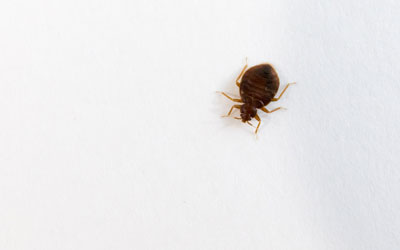 If you have had a bed bug problem before, you know how difficult they are. In addition to spreading throughout your home, these bloodsucking pests are notoriously difficult to get rid of without a professional pest control expert. With Bed Bug Awareness week upon us, now is the perfect time to learn more about the true threats of
If you have had a bed bug problem before, you know how difficult they are. In addition to spreading throughout your home, these bloodsucking pests are notoriously difficult to get rid of without a professional pest control expert. With Bed Bug Awareness week upon us, now is the perfect time to learn more about the true threats of 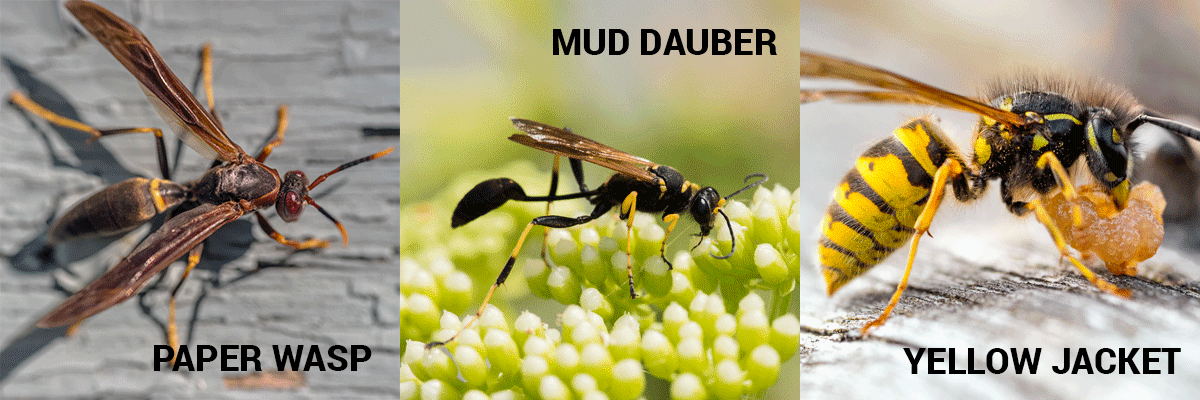
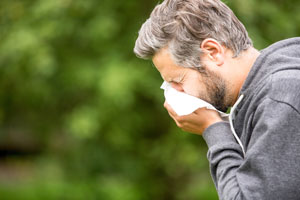 Few places are as beautiful as Northern Utah and Southern Idaho in the springtime. Unfortunately, springtime also means spring allergies! This time of year, many residents are suffering from runny noses and itchy eyes, among other seasonal allergy symptoms. But is it the weather causing your allergies, or something else? A little known fact is that pests like roaches, dust mites, rodents, and more could be behind the allergy symptoms so many people are experiencing this time of year.
Few places are as beautiful as Northern Utah and Southern Idaho in the springtime. Unfortunately, springtime also means spring allergies! This time of year, many residents are suffering from runny noses and itchy eyes, among other seasonal allergy symptoms. But is it the weather causing your allergies, or something else? A little known fact is that pests like roaches, dust mites, rodents, and more could be behind the allergy symptoms so many people are experiencing this time of year. The weather is starting to warm up here in Northern Utah and Southern Idaho. With rising temperatures comes the return of ants in your home! Anyone who has had an ant problem knows how frustrating they are–not to mention how difficult they are to get rid of. To avoid dealing with an infestation, it’s crucial to learn about ant prevention. The team at Rentokil have compiled their best ant-proofing tips for homeowners. Keep reading to learn more!
The weather is starting to warm up here in Northern Utah and Southern Idaho. With rising temperatures comes the return of ants in your home! Anyone who has had an ant problem knows how frustrating they are–not to mention how difficult they are to get rid of. To avoid dealing with an infestation, it’s crucial to learn about ant prevention. The team at Rentokil have compiled their best ant-proofing tips for homeowners. Keep reading to learn more!